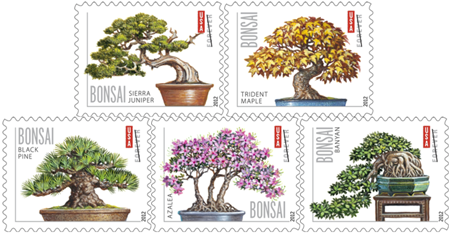We measured uptake and dissipation of soil-applied imidacloprid and dinotefuran in nectar and leaves of 2 woody plant species, a broadleaf evergreen tree (Ilex attenuata) and a deciduous shrub (Clethra alnifolia), to assess concentrations to which pollinators and pests might be exposed in landscape settings. Three application timings, autumn (postbloom), spring (prebloom), and summer (early postbloom), were evaluated to see if taking advantage of differences in the neonicotinoids’ systemic mobility and persistence might enable pest control while minimizing transference into nectar. Nectar and tissue samples were collected from in-ground plants and analyzed for residues by high-performance liquid chromatography–tandem mass spectrometry (HPLC–MS/MS) in 2 successive years. Concentrations found in nectar following autumn or spring applications ranged from 166 to 515 ng/g for imidacloprid and from 70 to 1235 ng/g for dinotefuran, depending on plant and timing. These residues exceed concentrations shown to adversely affect individual- and colony-level traits of bees. Summer application mitigated concentrations of imidacloprid (8–31 ng/g), but not dinotefuran (235–1191 ng/g), in nectar. Our data suggest that dinotefuran may be more persistent than is generally believed. Implications for integrated pest and pollinator management in urban landscapes are discussed.
Source:
Bernadette M. Mach, Svetlana Bondarenko, and Daniel A. Pottera.
Environ Toxicol Chem 2017;9999:1–11

- Login om te reageren
